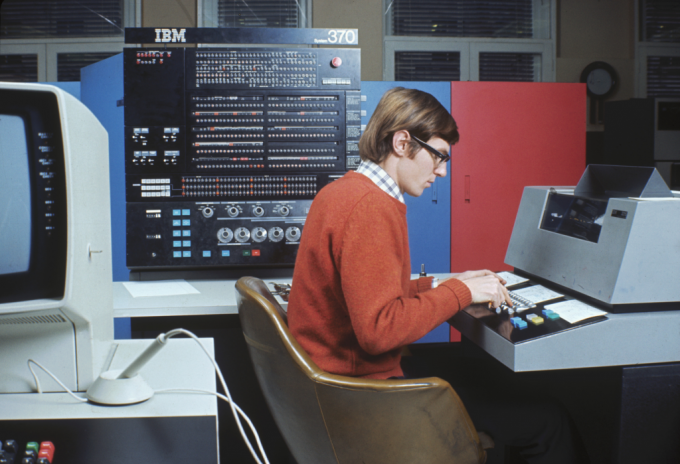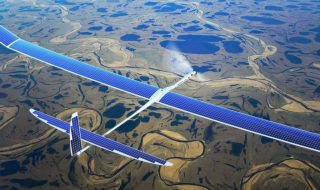
When Al Gore claimed he helped to develop the Internet, he spoke without realizing that the Internet as we knew it had existed in some form for six decades. He’ll never live that down. Our ability to create and store digital data dates as far back as the 1950s, when the very first computers connected people to one another without concern for time and space. Our ability to use a cloud storage system, in fact, has been around longer than most roads.
In The Beginning

A Brief History of Cloud Computing
The earliest computers filled rooms and took hours to do a simple addition problem, so you can imagine how difficult connecting two of these computers would have been. Yet this is what the precursor to cloud computing did. The first servers consisted of multiple terminals with the same access to a single point. Though wireless access would be many, many years out, this system allowed any user to get access to the mainframe and add or withdraw bits of information.
Multiple Systems

The History and Future of Cloud Computing
In 1969, JCR Licklider (who would go on to found the prototype of the modern Internet, Arpanet) had a vision of connecting databases from anywhere on the planet to any user. Licklider used mass-input computing for many operations, including census data and stock investments, but never had the tools to connect millions of users to a single source. At the time, packet switching amounted to the closest thing to a digital connection but required a routing network that broke data up and re-assembled it rather than allowing for instant access. Today, data protection and backup companies like Mozy sell cloud storage to individuals and businesses that need to store large volumes of data. During the 1970s, however, security focused came from the threat of a nuclear attack disrupting communications rather than an identity thief.
Given A Name

The Beginner’s Guide to the Cloud
The first record in human history of “cloud computing” comes from IT professor Ramnath Chellapa in 1997. During the late 1990s, the Internet boom had reached new heights, but the only interface for digital data storage amounted to shared web hosting. Additionally, says TECHi, dedicated hosting services promised full administrative access to a single server, but could not yet deliver wireless capabilities.
A True Cloud

30 years of accumulation: A timeline of cloud computing
The invention of wireless Internet did more to power the growth of the cloud than any other factor. With on-demand WiFi, an individual no longer needed a connection jack and a reliable outlet, because more places across the world began to incorporate wireless Internet into infrastructure and digital capabilities. In 2006, Amazon launched the first commercial cloud, called the Elastic Compute Cloud, which Computer Weekly called the first widely available cloud service. Competitors flocked to gain market share by launching their own cloud functions, such as Google Drop Box and Apple iCloud. Going forward, cloud capacities will expand drastically, with Forbes estimating some $150 billion going into the industry to match the 300 percent growth in job functions.




